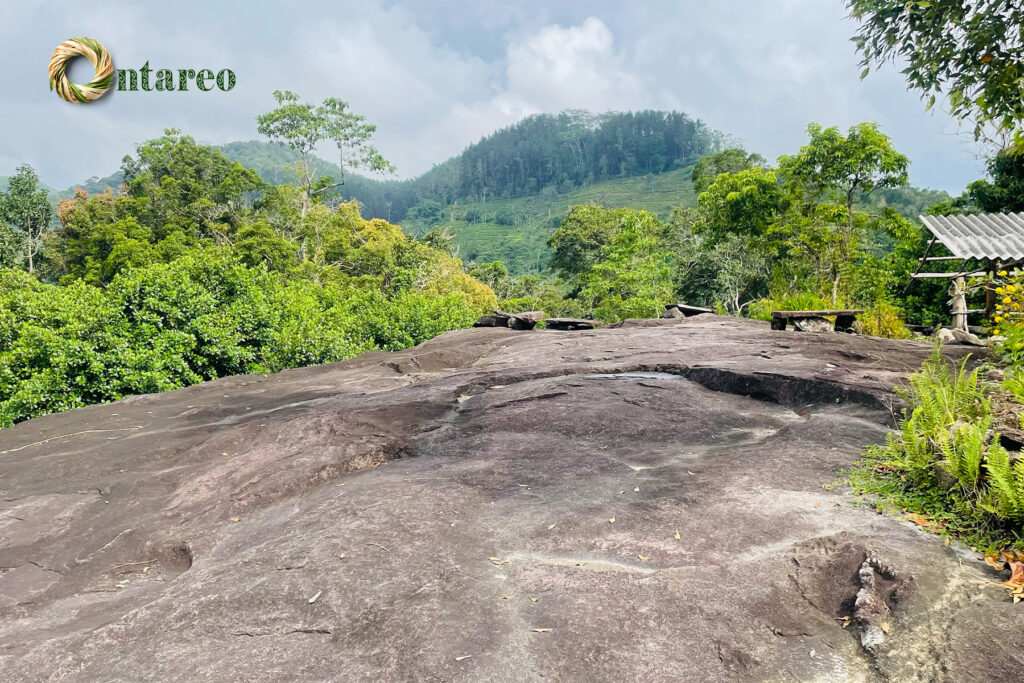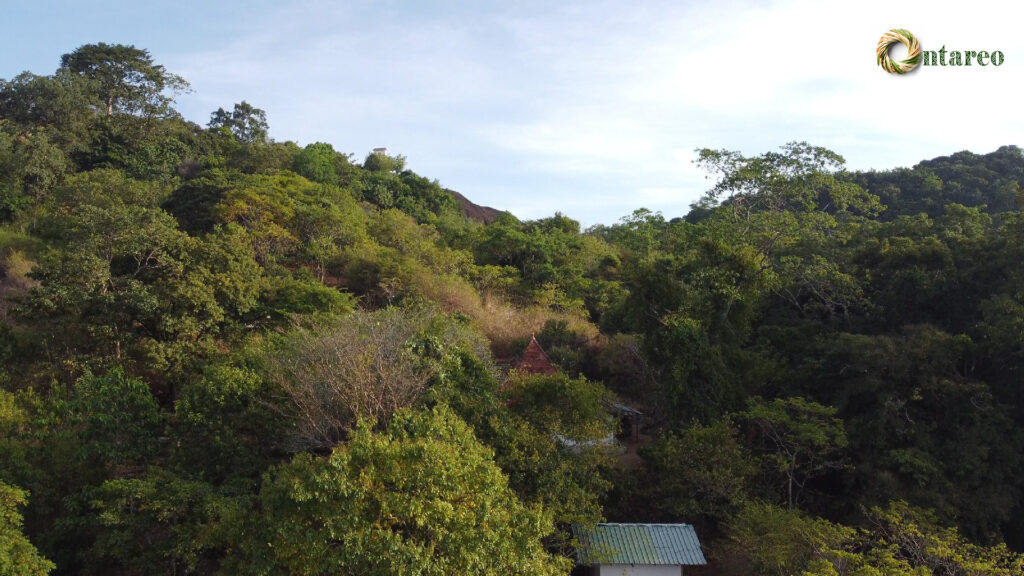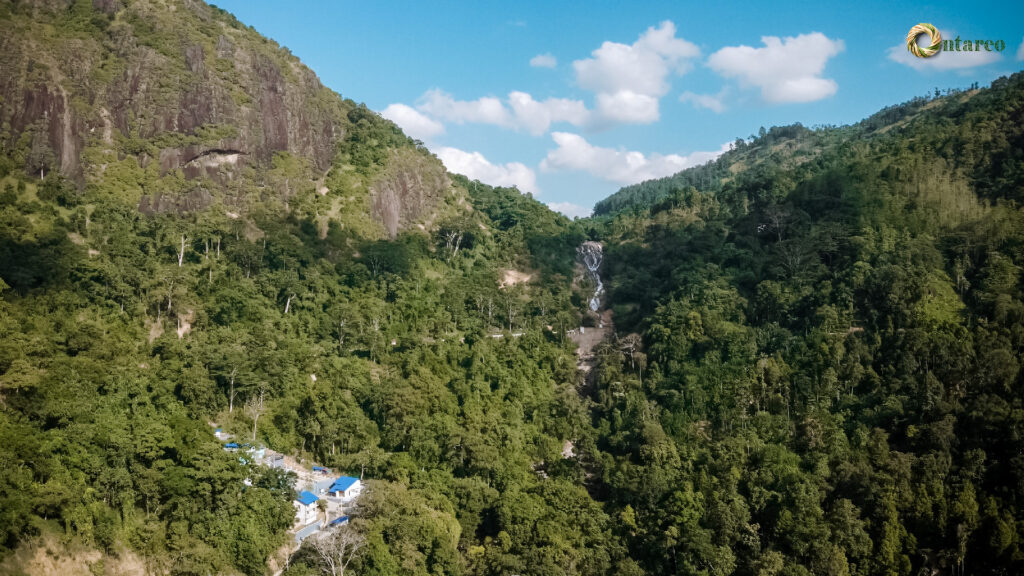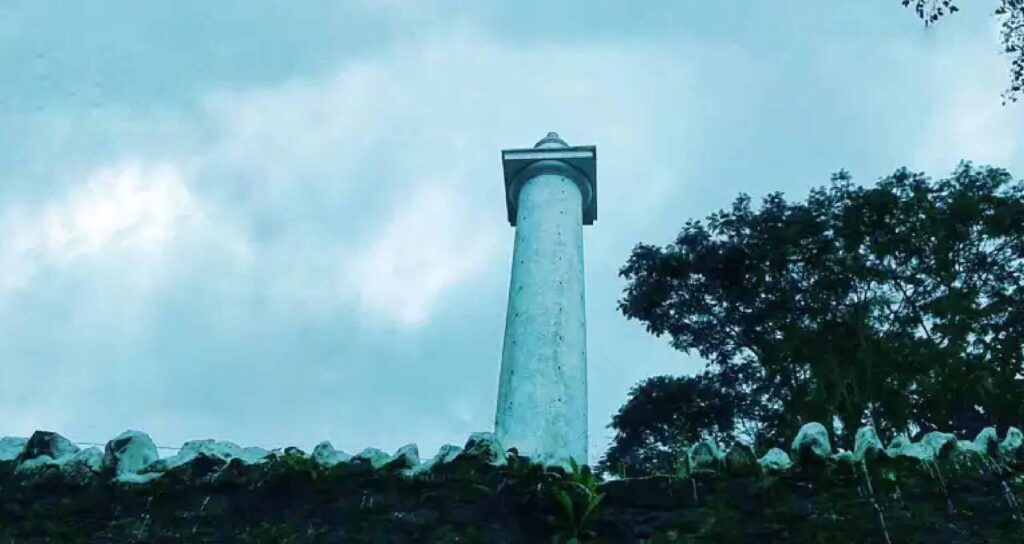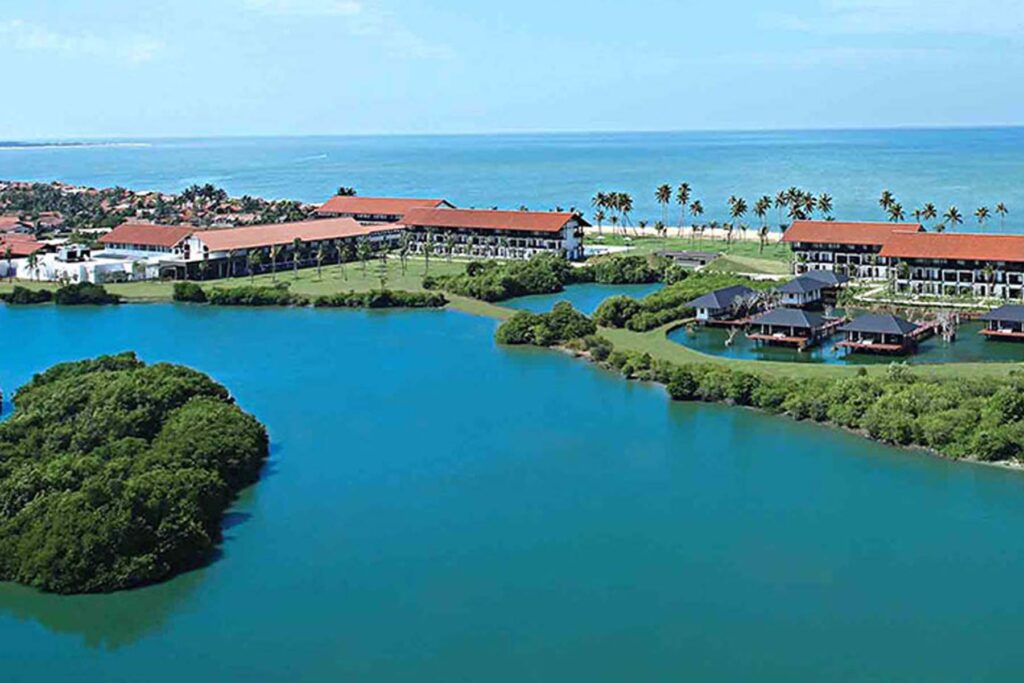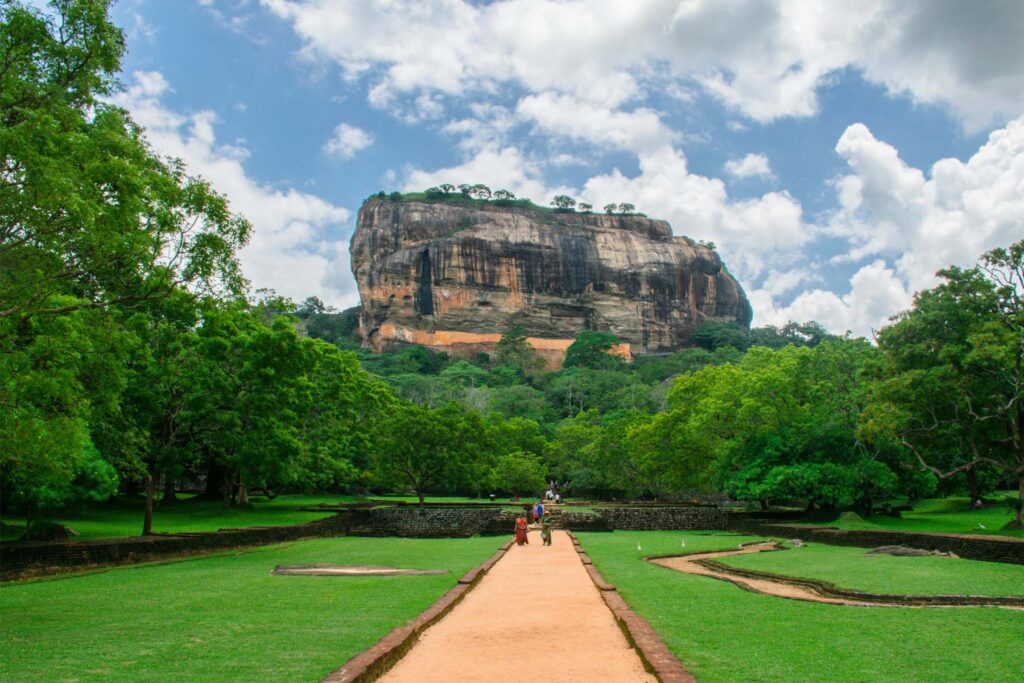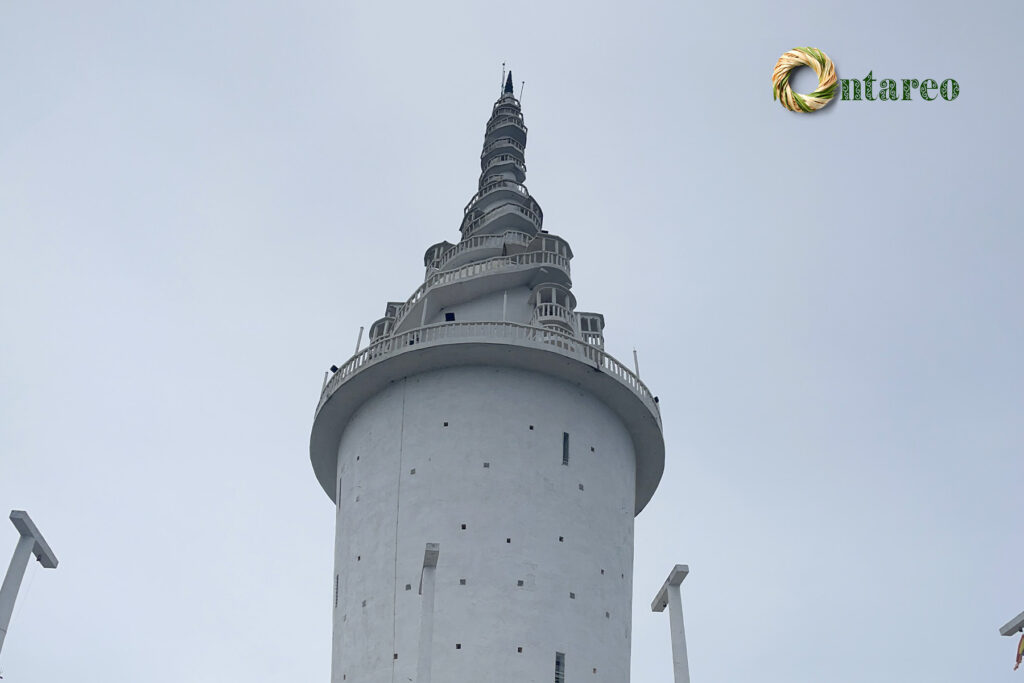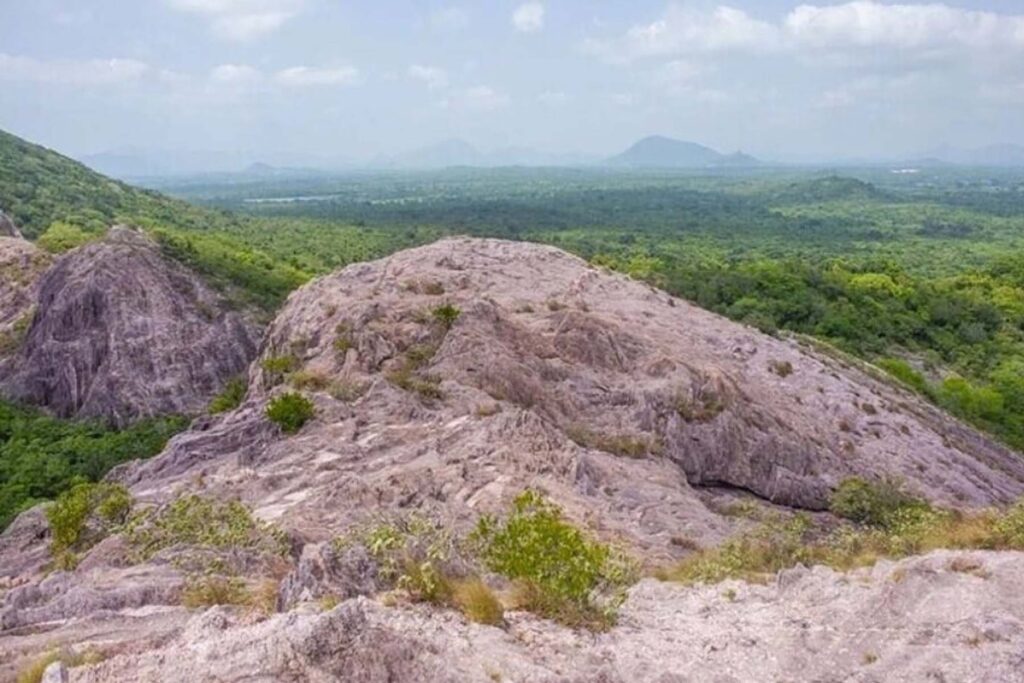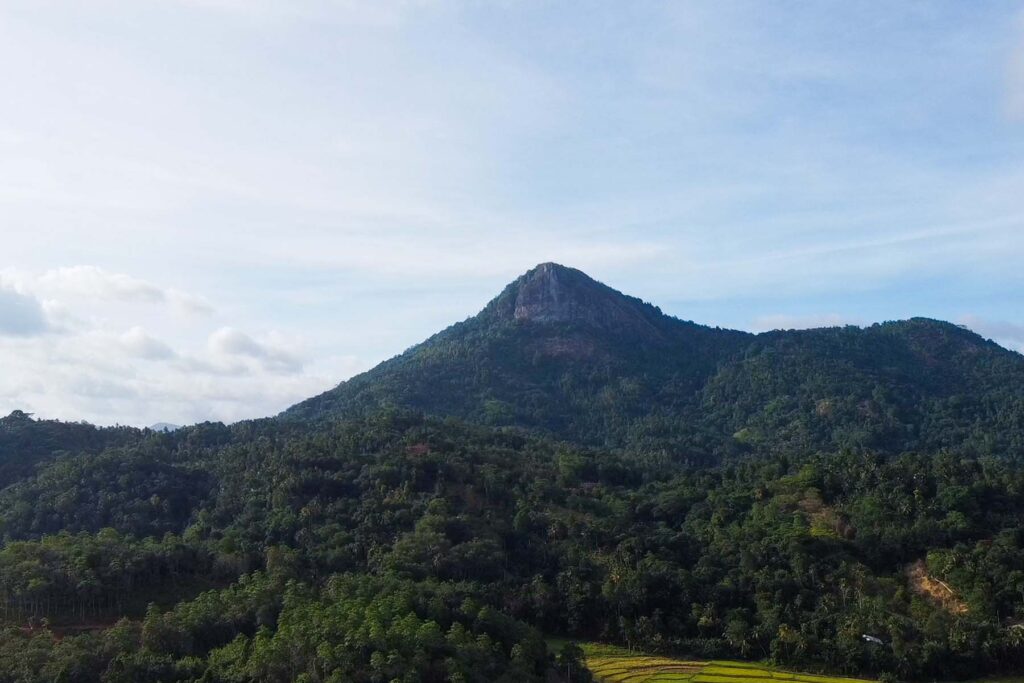Nestled in the heart of Sri Lanka, Sigiriya is an ancient rock fortress that stands as a testament to the ingenuity and artistry of a bygone civilization. Known as the “Lion Rock,” this UNESCO World Heritage Site is one of the most iconic landmarks in the country, drawing visitors from around the world who are eager to explore its rich history, stunning architecture, and breathtaking views. A Glimpse into History Sigiriya’s story begins in the 5th century AD during the reign of King Kasyapa. According to historical records, King Kasyapa, after seizing the throne from his father, sought to establish an impenetrable fortress atop the massive rock that rises nearly 200 meters above the surrounding plains. The fortress was designed to be both a palace and a defense stronghold, offering protection from enemies and a vantage point to survey the land. The rock itself is a natural marvel, with sheer vertical walls that seem almost insurmountable. The entrance to the fortress was originally through a gateway shaped like a lion, giving the site its name. While only the lion’s paws remain today, they still evoke the grandeur and power that once guarded the entrance to the palace. The Frescoes and Mirror Wall One of the most captivating features of Sigiriya is its series of frescoes, located partway up the rock. These vibrant paintings depict celestial maidens, often referred to as the “Sigiriya Damsels.” These frescoes are a remarkable example of ancient Sri Lankan art, with their vivid colors and detailed expressions. Although only a few of the original 500 paintings have survived the ravages of time, they continue to mesmerize visitors with their beauty and mystery. Adjacent to the frescoes is the famous Mirror Wall. Once polished to a mirror-like sheen, this wall was so reflective that the king could see his reflection as he walked alongside it. Over the centuries, visitors have inscribed poems, thoughts, and comments on the wall, some of which date back to the 8th century. These inscriptions offer a unique glimpse into the thoughts and emotions of ancient travelers who, like today’s visitors, were captivated by the splendor of Sigiriya. The Summit: A Rewarding Climb Reaching the summit of Sigiriya is a journey in itself, requiring visitors to ascend a series of stairways, some of which are carved directly into the rock. The climb is steep and challenging, but the reward at the top is well worth the effort. The summit was once home to King Kasyapa’s royal palace, complete with gardens, terraces, and pools. Although the structures have mostly crumbled, the foundations remain, offering a glimpse into the grandeur of what once stood here. From the top, visitors are treated to a panoramic view of the lush Sri Lankan landscape. The surrounding forests, villages, and distant mountains create a picturesque backdrop, making it easy to see why King Kasyapa chose this location for his fortress. Sigiriya Today Today, Sigiriya is not just an archaeological site but a symbol of Sri Lankan heritage. It is a place where history, culture, and nature converge, offering visitors a unique opportunity to step back in time and experience the majesty of an ancient kingdom. Whether you’re a history buff, an art enthusiast, or simply someone who loves adventure, Sigiriya has something to offer. As you explore the ruins, imagine the life of the people who once walked these paths, the battles fought, and the art created. Sigiriya is more than just a rock; it is a monument to human achievement, resilience, and the enduring power of history. So, if you ever find yourself in Sri Lanka, don’t miss the chance to visit Sigiriya. Climb to the top, marvel at the ancient frescoes, walk along the Mirror Wall, and immerse yourself in the story of this incredible fortress. Sigiriya is not just a destination; it’s a journey through time. Walking to the Rose Quartz mountain inside Namal Uyana is a beautiful experience. There are many plant species including Heerassa, Nuga and Na. Very small waterfalls and small reserves of cool water can be seen too. As you walk through the forest enjoying the beauty of nature you can see an ancient engraving (Sel Lipi). It was established during the reign of King Dewanampiyathissa. Not only that, there lives a monk inside the forest. That is the Venerable Wanawasi Rahula Thero. As you walk through the forest, at one point, the Rose Quartz mountain range will come into your vision. The time of the day you arrive here is very important. If you arrive here during noon when the sun is at its peak, climbing the mountain is a very exhausting task. If you try to climb the mountain facing the sun directly, and if the solar rays get reflected from the quartz to your eyes then climbing even a small height is exhausting. And if you check the base of the mountain then you could find a less steep path to climb the mountain. When you reach the summit you can see a calming sight. There is a statue of Lord Buddha. There you can rest for a while. This mountain range lies in a land of about 250 acres and has a height of about 180 – 300 metres. If you intend to quench your thirst after climbing down the mountain, for years there used to be a seller of cold fruit juices. Recently a Cable Car project was proposed in order to help tourists reach the summit easily. But no extra measures have been reported so far. However there are some spots in the mountain blackened due to frequent travellers stepping on quartz and the sunlight. But it is reported that the internal layers of the mineral are rose and safe. There exists places close to the National Namal Uyana where you can have a small meal and where you can find sanitary facilities. These facilities are not in the highest quality but normally enough to get refreshed for a while. It is the responsibility of

